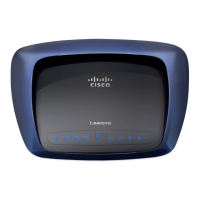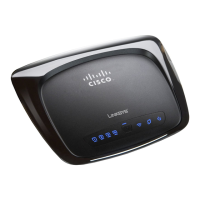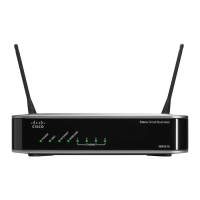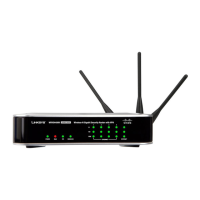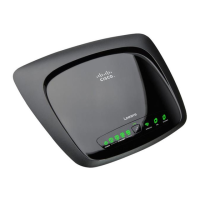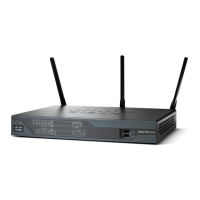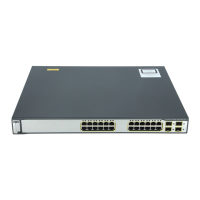REVIEW DRAFT #1—CISCO CONFIDENTIAL
A-12
Cisco WRP500 Administration Guide
Appendix A Advanced Voice Fields
SIP page
Handle VIA rport If you select yes, the WRP500 processes the rport parameter in the
VIA header (this value is inserted by the server in a response to
anyone of its requests). If you select no, the parameter is ignored.
Select yes or no from the drop-down menu.
The default is no.
Insert VIA received Inserts the received parameter into the VIA header of SIP responses
if the received-from IP and VIA sent-by IP values differ. Select yes
or no from the drop-down menu.
The default is no.
Insert VIA rport Inserts the parameter into the VIA header of SIP responses if the
received-from IP and VIA sent-by IP values differ. Select yes or no
from the drop-down menu.
The default is no.
Substitute VIA Addr Lets you use NAT-mapped IP:port values in the VIA header. Select
yes or no from the drop-down menu.
The default is no.
Send Resp To Src Port Sends responses to the request source port instead of the VIA
sent-by port. Select yes or no from the drop-down menu.
The default is no.
STUN Enable Enables the use of STUN to discover NAT mapping. Select yes or
no from the drop-down menu.
The default is no.
STUN Test Enable If the STUN Enable feature is enabled and a valid STUN server is
available, the WRP500 can perform a NAT-type discovery
operation when it powers on. It contacts the configured STUN
server, and the result of the discovery is reported in a Warning
header in all subsequent REGISTER requests. If the WRP500
detects symmetric NAT or a symmetric firewall, NAT mapping is
disabled.
The default is no.
STUN Server IP address or fully-qualified domain name of the STUN server to
contact for NAT mapping discovery.

